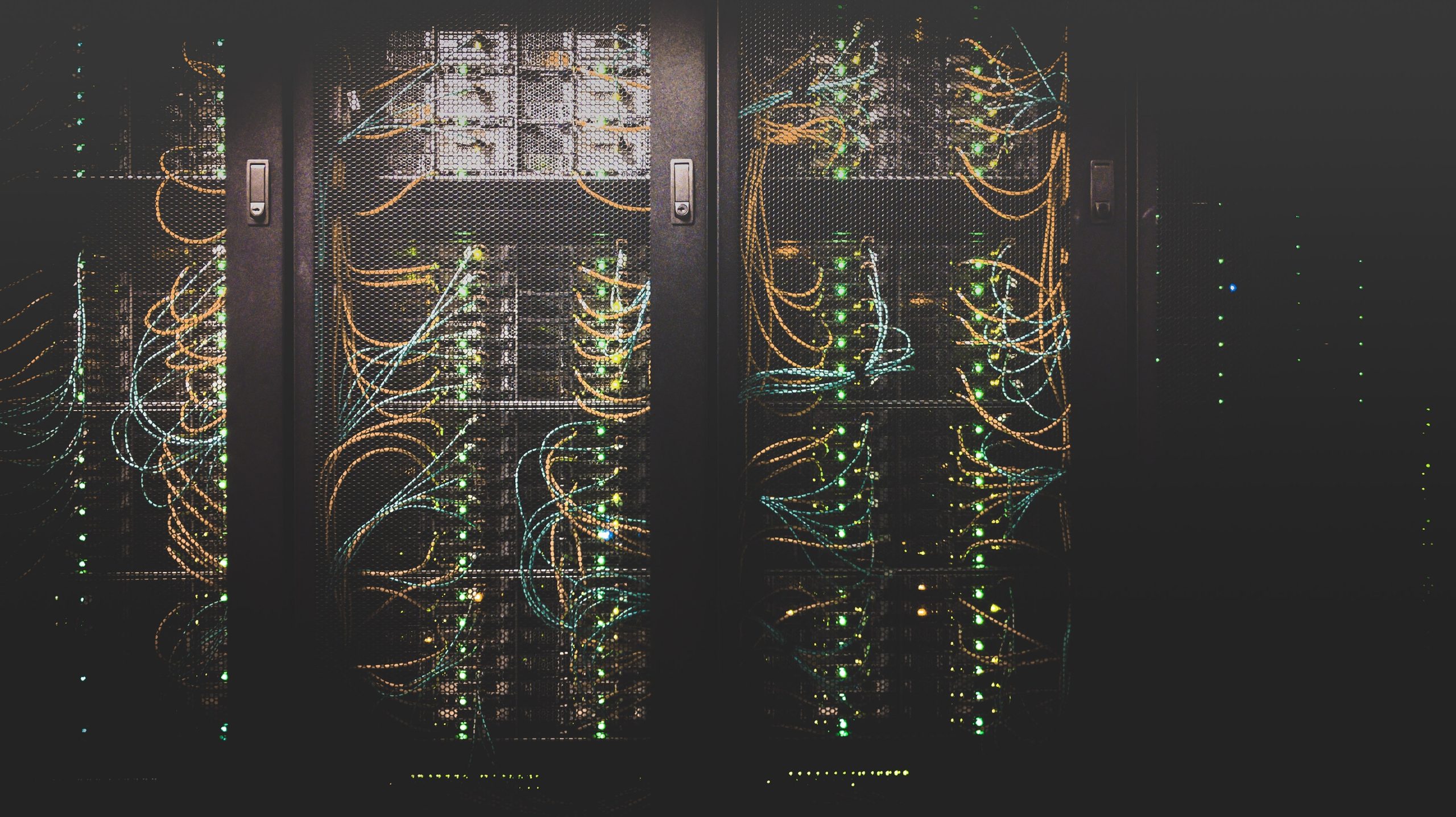What remote software do you use to run a game studio?
Running a game studio requires seamless collaboration and efficient communication between team members, especially when working remotely. With the rise of remote work culture, finding the right software tools to facilitate these essential aspects has become paramount. Whether you are a small indie studio or a large development house, the choice of remote software can greatly impact your workflow and overall productivity. In this article, we will explore some of the top remote software options available in the market today for running a game studio. From project management and task tracking to video conferencing and file sharing, we will delve into their features and benefits to help you make an informed decision about which tool suits your specific needs.
The challenges of running a remote game studio
One of the major challenges of running a remote game studio is finding the right software to support efficient communication and collaboration among team members. With team members spread across different time zones and locations, it becomes essential to have reliable remote software that allows for real-time communication, project management, file sharing, and version control. Many studios opt for popular tools like Slack, Microsoft Teams, or Discord for real-time communication and project updates. Additionally, project management tools such as Trello or Asana are commonly used to track progress and assign tasks. It is crucial to choose software that fits the specific needs of the game development process while also ensuring smooth coordination among team members.
Another significant challenge of running a remote game studio is maintaining a strong sense of teamwork and company culture despite physical distance. In an office setting, it is easier for team members to build relationships through face-to-face interactions. However, in a remote setup where personal interactions are limited to virtual meetings or chat platforms, fostering camaraderie can be challenging. Studio leaders must proactively find ways to create opportunities for social interaction through virtual team-building activities or informal chats outside work-related discussions. Regular video conferences can also help in building trust among team members by allowing them to see each other’s faces and creating a more personal connection within the remote environment.
Overall, running a remote game studio comes with unique challenges that require careful consideration when selecting appropriate software solutions and implementing strategies to maintain effective communication and teamwork despite physical boundaries.
Communication tools: essential for remote collaboration
When it comes to running a game studio remotely, communication tools are absolutely essential for effective collaboration. One of the most commonly used remote software in this context is Slack. This instant messaging platform allows team members to communicate and share files in real-time, creating a seamless flow of information across the studio. With features like channels, direct messaging, and integrations with other tools, Slack helps keep everyone connected and informed.
Another valuable communication tool for remote collaboration in a game studio is video conferencing software such as Zoom or Microsoft Teams. These platforms enable face-to-face communication even when team members are physically apart. Video calls provide a more personal touch to discussions, allowing participants to read body language and facial expressions which can be vital in creative brainstorming sessions or problem-solving meetings.
Apart from these primary communication tools, project management software like Trello or Asana can also play an important role in keeping everyone on track and organized. These platforms allow teams to create tasks, assign responsibilities, set deadlines, and monitor progress – all essential elements for efficient remote collaboration within a game studio.
In conclusion, having reliable communication tools is crucial when running a game studio remotely. Platforms like Slack facilitate instant messaging and file sharing while video conferencing software enables face-to-face conversations regardless of physical distance. Additionally, project management tools help ensure that tasks are assigned and completed efficiently. By utilizing these essential communication tools effectively, remote teams can collaborate seamlessly towards achieving their goals in the dynamic world of game development.

Project management software: keeping everyone on track
When it comes to running a game studio remotely, project management software plays a crucial role in keeping everyone on track. With team members spread across different locations and time zones, having a centralized platform that allows for seamless collaboration is essential. By utilizing project management software specifically designed for game development, studios can streamline workflows, enhance communication, and ensure that tasks are completed on time.
One popular remote software option for game studios is Asana. This powerful project management tool offers features such as task management, file sharing, and real-time updates. With customizable boards and timelines, teams can visualize their projects from start to finish and easily allocate resources accordingly. Additionally, Asana provides integration capabilities with other commonly used tools in the industry like JIRA or Trello.
Another remote software solution often utilized by game studios is Monday.com. This platform combines project management features with advanced communication tools to facilitate efficient collaboration among team members. Its intuitive interface allows users to create customized workflows and automate repetitive tasks. With visual dashboards displaying real-time progress updates, managers can have a comprehensive overview of the studio’s projects at all times.
In summary, project management software tailored for game development is vital in maintaining productivity and organization within a remote game studio setting. Platforms like Asana and Monday.com offer an array of functionalities that enable effective task management, streamlined communication, and enhanced teamwork – ultimately ensuring that everyone stays on track towards achieving their goals in the fast-paced world of gaming development.

File sharing and storage solutions: ensuring seamless workflow
When it comes to running a game studio remotely, file sharing and storage solutions play a crucial role in ensuring a seamless workflow. One of the most popular options for remote file sharing is cloud storage services like Google Drive, Dropbox, or Microsoft OneDrive. These platforms allow team members to easily upload, access, and collaborate on files from anywhere with an internet connection. With features like automatic syncing and version control, these solutions ensure that everyone is working with the most up-to-date files.
Additionally, project management tools such as Trello or Asana often offer built-in file sharing capabilities. These platforms enable teams to organize tasks, assign responsibilities, and share relevant files within one unified system. This integration between task management and file sharing streamlines communication processes and minimizes the risk of information getting lost or misplaced.
In conclusion, utilizing reliable file sharing and storage solutions is essential for maintaining a smooth workflow in a remote game studio environment. Whether through cloud storage services or integrated project management tools, these solutions provide an efficient way for team members to collaborate on files regardless of their physical location. By embracing technology that facilitates seamless file sharing and organization, game studios can optimize productivity and maintain effective communication among their remote teams.

Virtual meeting platforms: connecting team members in real-time
Virtual meeting platforms have become an integral part of running a game studio remotely. These platforms allow team members to connect with each other in real-time, despite being physically distant. With the help of video conferencing tools like Zoom or Microsoft Teams, game developers can seamlessly collaborate on projects, discuss ideas, and provide updates on their progress.
These virtual meeting platforms offer features such as screen sharing, which is particularly useful for showcasing gameplay footage or discussing design elements within the game. Additionally, participants can utilize chat functions to share links, documents, or code snippets during the meetings. This enhances productivity by allowing team members to easily access and review relevant materials without interruption.
Moreover, virtual meeting platforms enable face-to-face communication that fosters better understanding and engagement among team members. It helps create a sense of camaraderie and maintains effective collaboration even when working remotely. By utilizing these tools effectively, game studios can ensure seamless communication among team members and maintain their productivity levels while working from different locations.
Remote access software: enabling remote game development
When it comes to running a game studio remotely, having the right remote access software is crucial. With the advancement of technology, game development teams can now collaborate and work together from different locations seamlessly. One popular option for remote access software is TeamViewer. This software allows developers to remotely control their computers from anywhere in the world, making it easier for them to access files, run programs, and even test games on different devices.
Another commonly used remote access software for game development is AnyDesk. This tool provides a smooth and lag-free experience when accessing remote computers, which is essential for tasks that require real-time interaction like game testing and debugging. It also offers features such as file transfer and online collaboration tools that enhance productivity within a remote team.
Overall, with the help of reliable remote access software like TeamViewer or AnyDesk, game developers can efficiently manage their projects regardless of their physical location. The ability to remotely access files and resources not only streamlines the workflow but also enables seamless collaboration between team members working on different aspects of game development.
Conclusion: the importance of choosing the right tools
In conclusion, choosing the right tools for running a game studio remotely is of utmost importance. The efficiency and productivity of the team greatly depend on the software chosen to facilitate remote communication and collaboration. Having the right tools not only streamlines workflow but also ensures effective project management and smooth coordination among team members.
Remote software like project management platforms, video conferencing tools, and file-sharing systems are essential for keeping everyone connected and on track. These tools enable seamless communication, allowing team members to easily exchange ideas, provide feedback, and address any issues promptly. Moreover, with the right remote software in place, it becomes easier to manage tasks and deadlines effectively while ensuring transparency across all levels of the game development process.
Ultimately, investing time and effort into selecting the appropriate remote software is crucial for maximizing productivity within a game studio operating remotely. By making informed choices in this regard, studios can foster collaboration amongst team members regardless of their physical locations. With efficient tools at their disposal, game developers can focus more on creating captivating gaming experiences rather than grappling with technical challenges or miscommunication hurdles that may arise due to inadequate software choices.

Comments are closed.